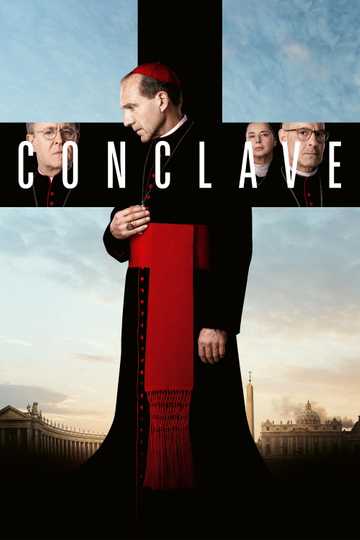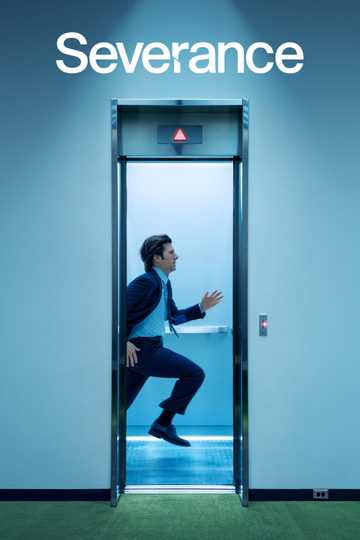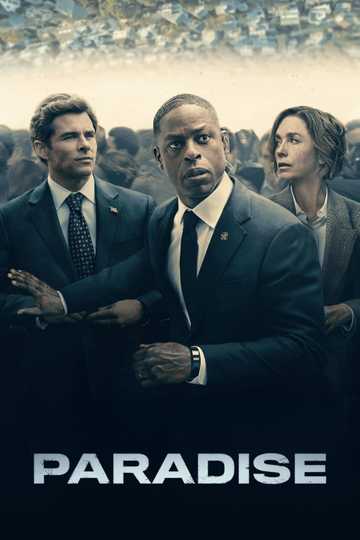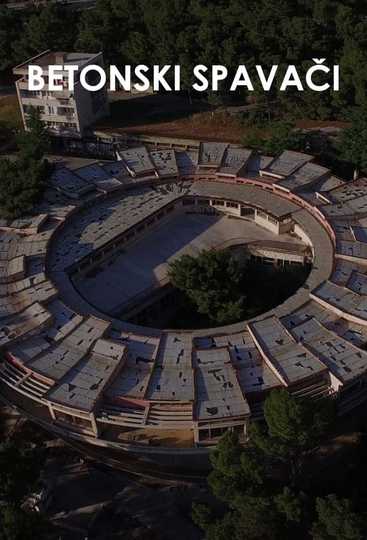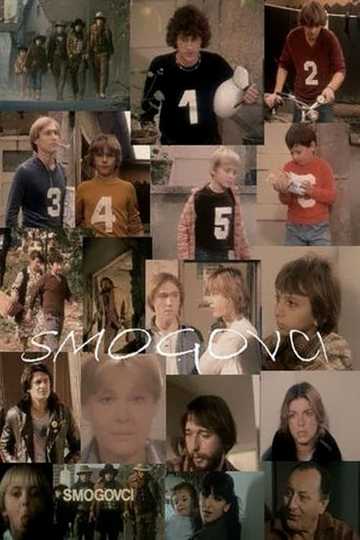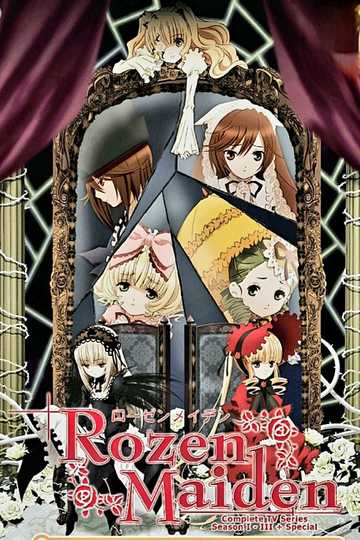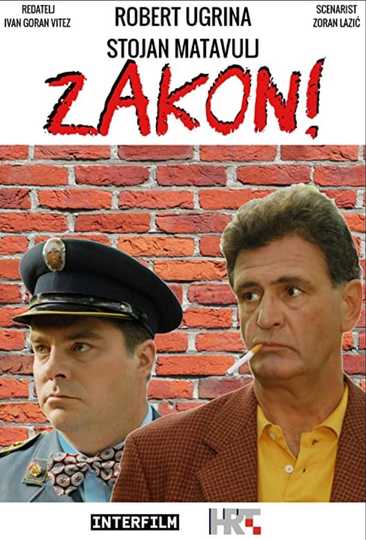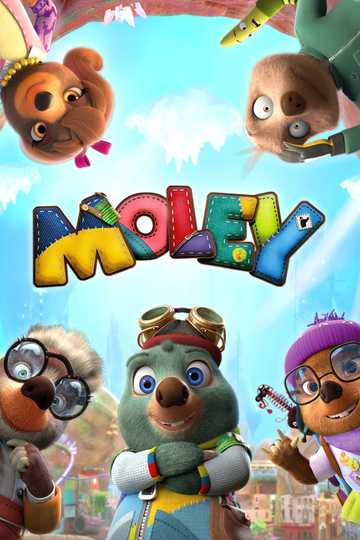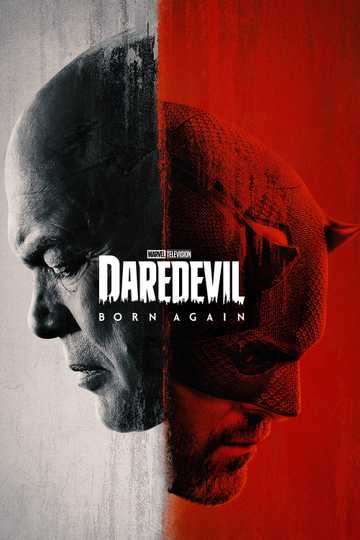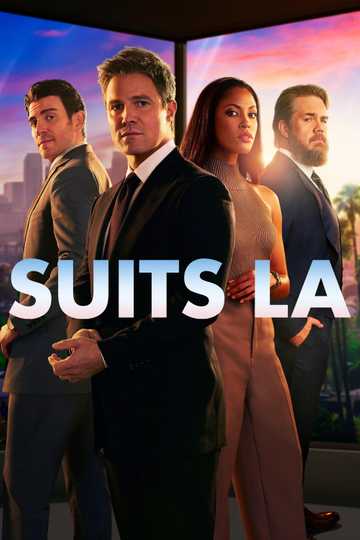Season 2 Episodes
1. Zagreb Fair, the City Center That Was Not Meant to Be
The first episode entitled "Zagreb Fair, the City Center That Was Not Meant to Be" explores the Zagreb Fair, an important part of the urban identity of Zagreb and the focal point for presentation of technological advancements and contemporary modes of life, which would only party integrate into the everyday life of the citizens of Zagreb, Croatia and Yugoslavia. The building of the Fair was the first big construction on the south bank of Sava river, a visionary project of creating the big new center for New Zagreb. The vision was never fully realized, and Zagreb Fair, a protected cultural property – with its 560.000 square meters, 40 pavilions, 12 kilometers of asphalt roads and its own water pump station – is barely holding on: not yet an abandoned industrial area but not adequately used either.
2. Vehicles of Emancipation
The second episode, "Vehicles of Emancipation," covers architecture that became an important instrument of the post-war reconstruction and the cultural centers and workers’ educational centers in former Yugoslavia that were built for the purpose of the socialist emancipation of man. They unified education, culture, entertainment, sports and political life and brought new architecture and lifestyle to their environments. We cover four of these “social condensers” – Cultural Centre in the small village of Konjic in Bosnia and Herzegovina, the Memorial Center in Kolašin, the House of the Revolution in Nikšić, and Ivan Vitić’s Cultural Center on the island of Vis. Is their continued survival possible or will they remain just as a symbol of great ambitions?
3. Split, Where Plan Meets Chaos
The third episode "Split, Where Plan Meets Chaos" visits Split, a fascinating example of urban continuity from antiquity to modernity (from ancient culture to socialist modernism). We are focusing on the unfinished urban phenomenon of Split 3, one of the most advanced socialist modernist settlements in the world. The complex was built under the Slovene team of architects Mušič, Bežan and Starc in the 1970s following the modernist principles of freestanding cities. However, simultaneously to harmoniously proportioned skyscrapers of Split 3, the space is taken by unregulated individual construction sites. Planning and deregulation coexist, exemplary order clashes with chaos – the city and its antithesis. Opposing tendencies intertwine, and with the passing of time one prevails. We read the city as a reflection of society in the fascinating architectural collage of Split.
4. A City That Was Too Modern
After the catastrophic earthquake in 1963, Skopje became a global demonstration city of the future. UN hired international experts to participate in its reconstruction, the central figure being the Japanese avant-garde architect Kenzo Tange who designed the new center using the principles of the metabolism – its first application outside Japan. In its bid to become city of the future, Skopje anticipated some of the concepts that are only being realized today, but the ambitious idea was only partially realized. The bare brutalist architecture of unplastered concrete, at the same time archaic and futuristic, does not compromise, but tries to build a new world – but was it just a megalomaniacal project that was impossible to live in? In the episode, we also touch on the current Macedonian political nomenclature in their endeavor to rewrite history through construction – authentic modernism is replaced by faux Baroque and monumental memorials.



